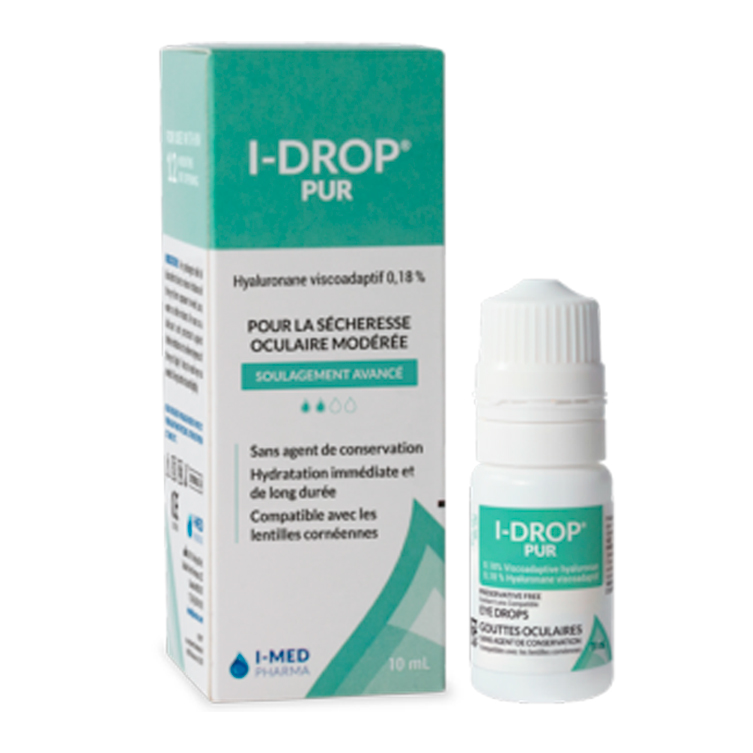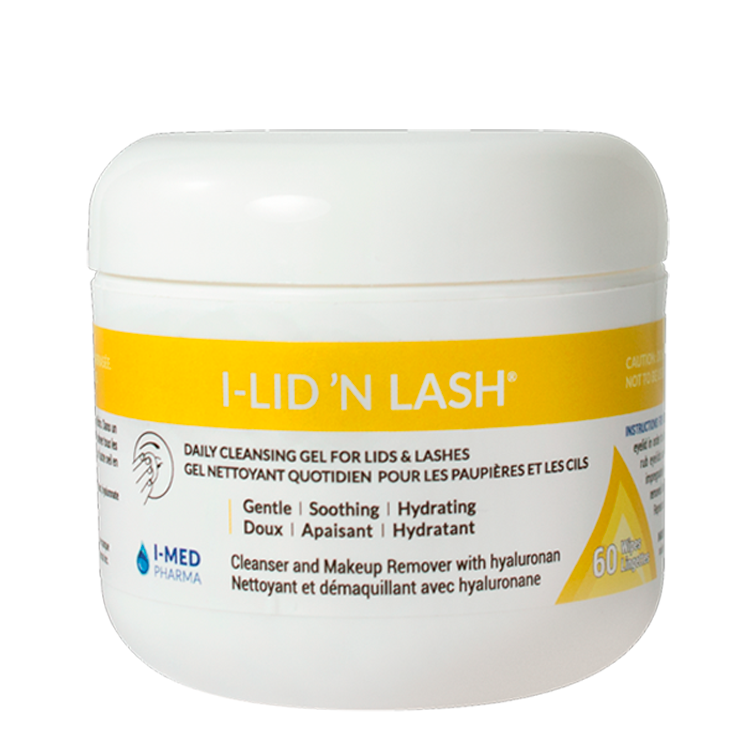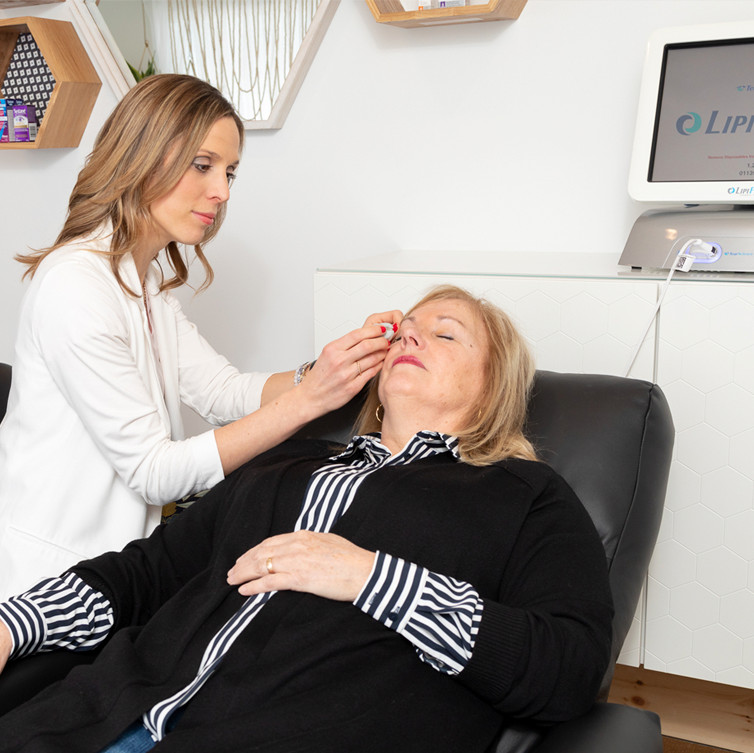Living With Dry Eye Syndrom
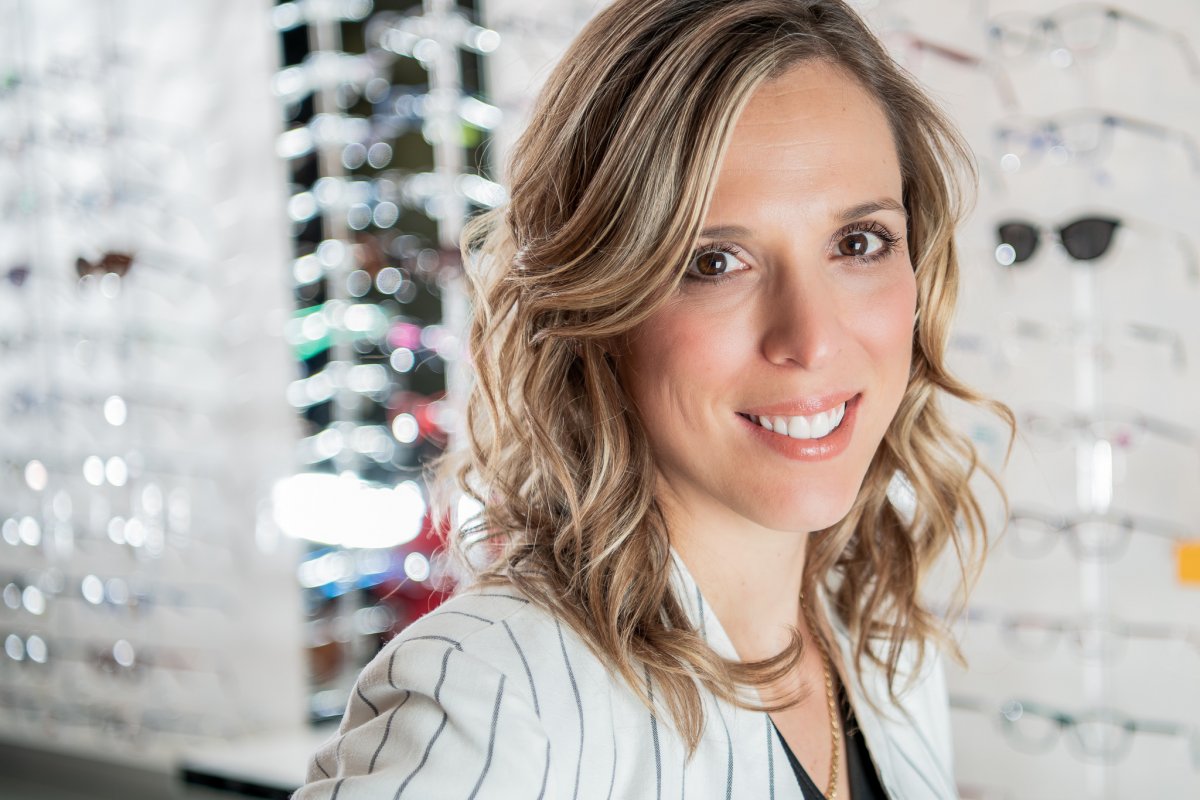 | We reached out to Dr. Valérie Bardier, optometrist and co-owner of the Opto-Réseau Centre visuel Bardier-Godin and Opto-Réseau Contrecœur clinics, to tackle a growing problem: dry eyes. |
This very irritating chronic disorder affects about 30% of the population1 and is becoming increasingly prevalent, particularly with population aging and the increased use of electronic devices. We examine this issue to give you a better understanding of the problem and help you find the right solution to make you more comfortable.
What is dry eye?
Dry eye occurs when the eyes are unable to produce enough natural tears, or when tears evaporate too quickly. Tears are critical to overall eye health. Every time you blink, a protective layer of tears is applied like a film over the surface of the eye. If you don’t produce enough tears, your eyes can dry out. Let’s look at the symptoms that can point to a dry eye problem.
Possible causes
Dry eye can affect anyone, but it’s most common in women, seniors, and people who have had eye surgery (laser vision correction, cataract, etc.) or take certain medications.
Starting at age 65, you’re more likely to experience dry eye because our bodies produce less oil as we age2. Dry eye also affects women more than men because of hormonal changes after menopause, but it can also occur during pregnancy or as a result of oral contraceptive use.
It can also stem from environmental factors (pollution, frigid temperatures, wind, heating, etc.), allergies, work habits (hours and hours in front of a screen every day), lifestyle habits (smoking), or even wearing the wrong contact lenses or glasses. Eye diseases such as blepharitis or meibomian gland dysfunction can also cause dry eye.
Eyes 101 : ocular diseases that cause dry eye The meibomian glands are located in the upper and lower eyelids and produce an oil released in the tear film. This oil is necessary to prevent the water in tears from evaporating. Blepharitis is an inflammation of these glands that keeps them from functioning properly. Meibomian gland dysfunction occurs when the oil becomes thicker than normal and clogs the glands, preventing them from releasing the oil to the surface of the tear film. |
Diagnosis and treatment
It’s very important to talk to your optometrist about any eye discomfort you’re experiencing. During your consultation in the dry eye clinic, we check the quality (osmolarity) and quantity of your tears, the integrity of the ocular surface, and the structures and functioning of your eyelids’ meibomian glands using imaging (meibography).
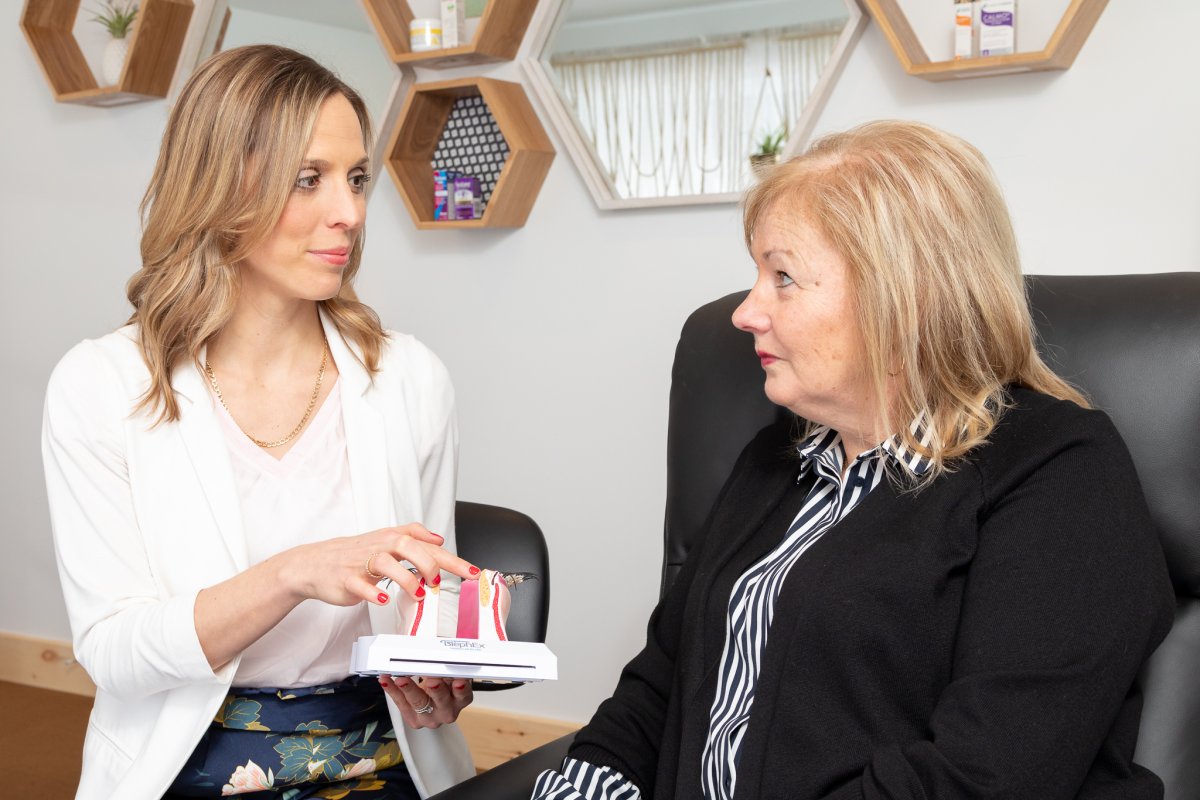
Valérie Bardier and a patient at her dry eye clinic.
The optometrist can then determine what’s at the root of your dry eye and suggest appropriate treatment. You’ll have regular followups to assess the effectiveness of your treatment and make sure your condition is improving.
Basic treatments
Lifestyle changes, such as blinking more frequently, using a humidifier, cutting back on screen time, quitting smoking, drinking plenty of water, etc., could have the biggest impact on reducing or eliminating your symptoms.
Basic treatments include:
- Applying good quality eye lubricants (drops, ointments, gel)
- Maintaining good eyelid hygiene using special wipes
- Using heat therapy masks or hot compresses
- Doing preventive exercises such as eyelid massages and forced blinking
- Taking Omega 3 supplements, in some cases
|
| 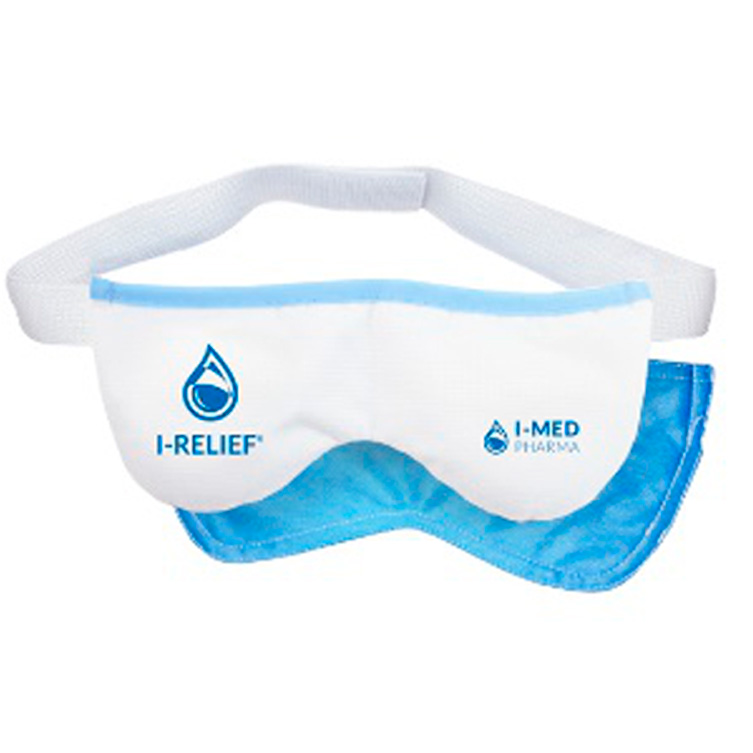 |
Specialized drops and wipes and therapeutic mask (I-MED®)
Clinical treatment
If the basic treatments prove inadequate, your eye care professional can provide more advanced treatments directly at the clinic. More and more Opto-Réseau clinics now offer complete dry eye treatments. The Opto-Réseau Centre visuel Bardier-Godin clinic has itself offered the service for several months. It has all the necessary equipment for optometrists to provide comprehensive dry eye care on the spot, from diagnosis to treatment and followup.
For moderate to severe cases, your optometrist may also prescribe certain medicated eye drops. Medication may be recommended in combination with other treatments to maximize results.
|
| 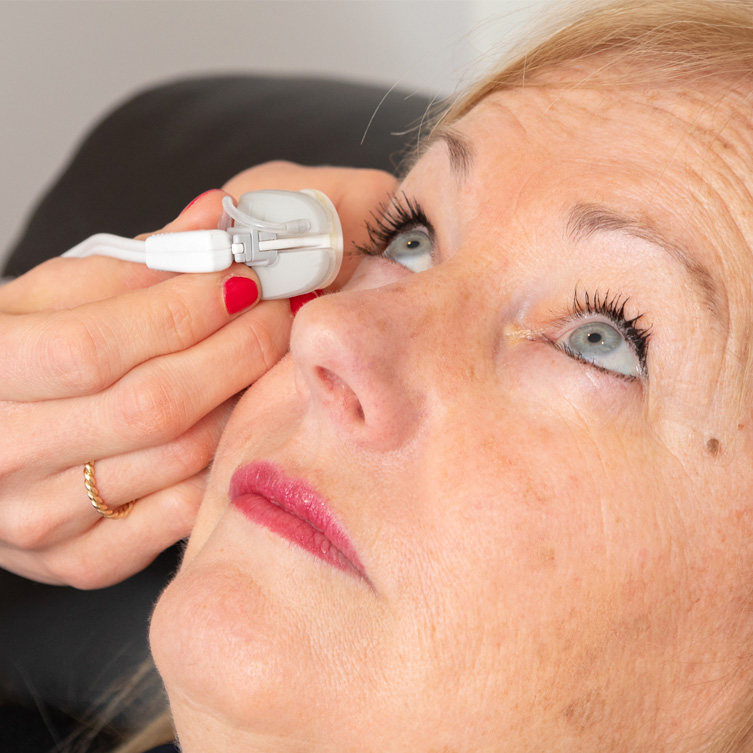 |
There are many ways to reduce and relieve your dry eye symptoms. Schedule an appointment with your eye care professional today and say goodbye to dry eye!
Our thanks to Dr. Valérie Bardier, optometrist, for her invaluable help with this article.
Sources
1. Alors, qu’est-ce que la sécheresse oculaire?, Ma vue j’y vois, consulted Novembre 5 2019.
2. Comment savoir si je souffre de sécheresse oculaire?, Dry Eye Disease, consulted November 5 2019.
3. JOHNSON & JOHNSON VISION, LipiFlow Thermal Pulsation System, https://tearscience.com/lipiflow/, consulted November 5 2019.
- Dry eye
- Dry eye syndrom
- i-med




